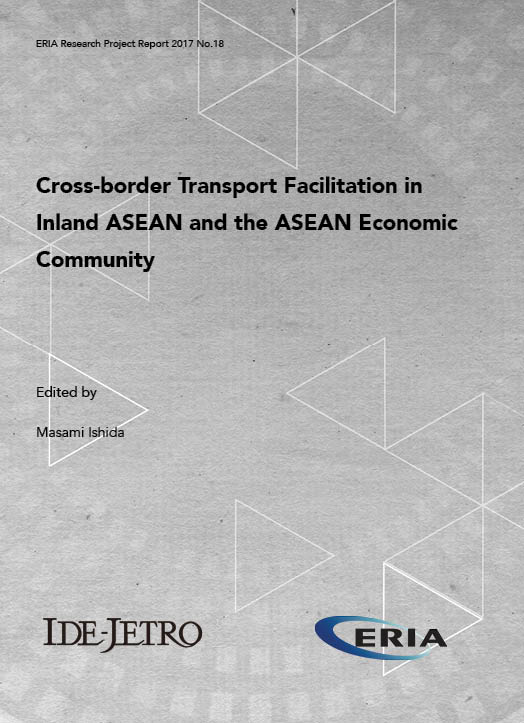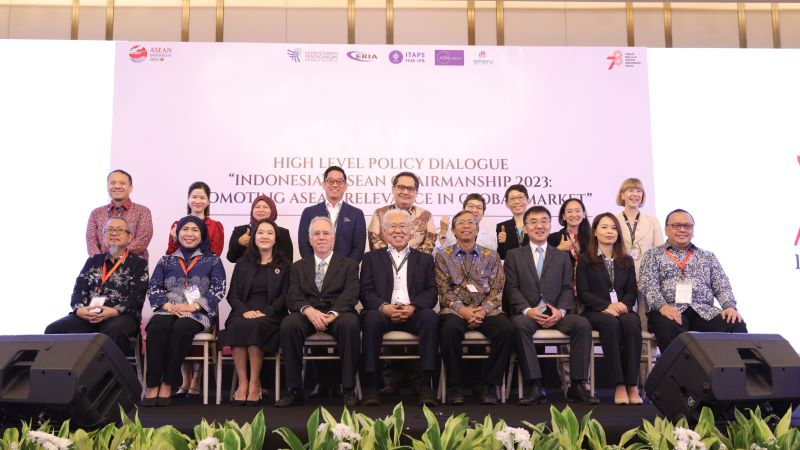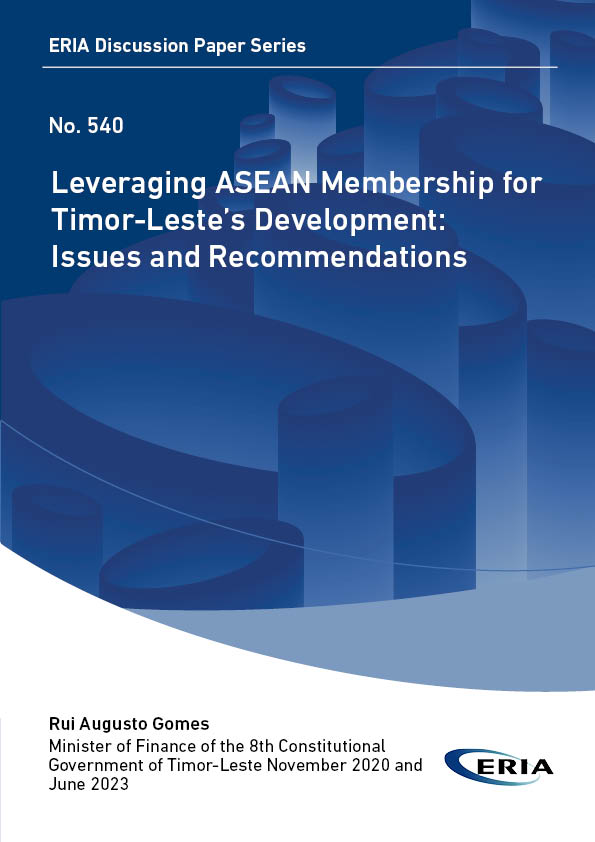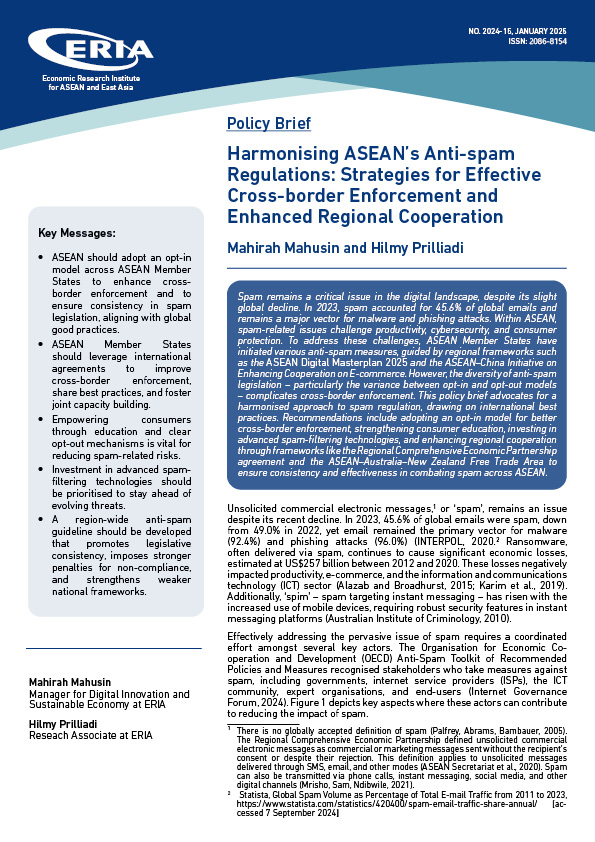Cross-border Transport Facilitation in Inland ASEAN and the ASEAN Economic Community

Date:
28 February 2019Category:
ConnectivityType:
Research Project ReportsTags:
ASEAN, ConnectivityPrint Article:
The ASEAN Economic Community (AEC) was realised in 2015 and the Master Plan of ASEAN Connectivity (MPAC) was implemented between 2010 and 2015. This report examines transportation facilitation through the development of hard and soft infrastructure development. Regarding hard infrastructure, the report reviews the missing links identified in the MPAC and the effects of newly developed roads. As for soft infrastructure, the report reviews bilateral and multilateral agreements on exchange of traffic rights including the Cross-Border Transport Agreement (CBTA), the ASEAN Framework Agreement for Facilitation Goods in Transit (AFAFGIT), road traffic laws, and road signs of countries in the inland ASEAN subregion. The final chapter of the report also simulates the impacts of the newly developed roads on the economies of the whole subregion.
In this report, road signs are examined in detail, especially in the ‘CLMV countries’ (Cambodia, Lao PDR, Myanmar, and Viet Nam). What will happen if road signs are different once vehicles are able to cross borders freely? It was found that road signs in the countries of the subregion follow the Vienna Convention on Road Signs and Signals in 1968 and, while there are some differences between the road signs in some countries, no potentially dangerous incompatibilities were discovered.
Full Report
Contents
Chapter 1. Inland ASEAN Road Connectivity: Challenges and Prospects
Chapter 2. Transport Facilitation in the Era of the ASEAN Economic Community
Chapter 4. Improvements and Challenges Associated with the Facilitation of Road Transport in Lao PDR
Chapter 5. Improvements and Challenges Associated with the Facilitation of Road Transport in Myanmar
Chapter 7. Economic Impact of New Sub-corridor Development in the Mekong Region




